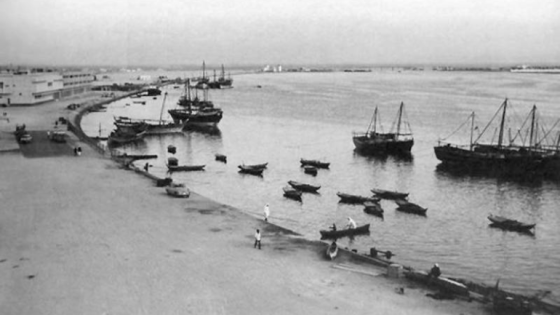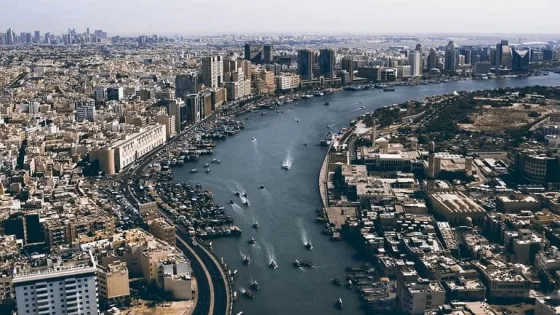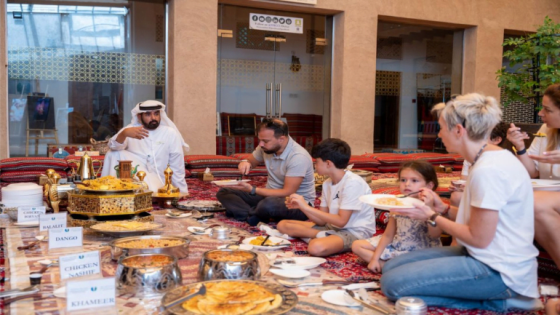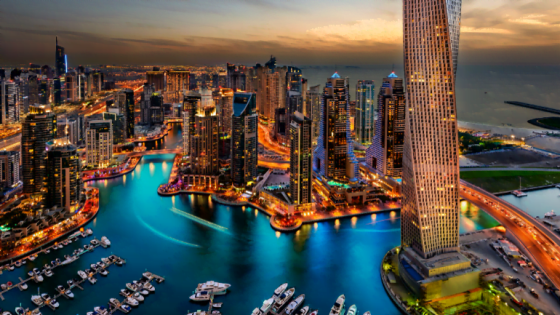Contents
The short history of Dubai, the desert city, may still be covered in mystery. The ultra-modern city of Dubai appears to be having a great time, where Dubai has been all over travel guides in recent years. The fascinating short history of Dubai may inspire you to visit this historic and modern city. Dubai is now a business and tourism hotspot, and the region stretches from Egypt to the Indian Subcontinent, and from South Africa to what is now called the Commonwealth of Independent States (CIS) countries. Here is your guide to the timeline of the short history of Dubai.
Short History of Dubai
In 1833, 800 nomadic Bani Yas tribe members led by the Maktoum Family cleverly settled at the mouth of a creek, which eventually flourished due to its abundance of natural resources and became a busy fishing port renowned for its pearls. It flourished spectacularly in only a half-century, and on the Deira side of the creek was located the largest souk on the coast, with hundreds of outlets and businesses. In only a century, Dubai’s population had risen to nearly 20,000, with expatriates accounting for nearly a quarter of the total.
However, disaster struck in the 1950s. The creek began to silt and collapse as a result of the frantic activity of passing ships. Sheikh Rashid bin Saeed Al Maktoum, Dubai’s late ruler, embarked on a visionary and costly mission to further industrialize the city-state, bolstering Dubai’s position as a major trading port.
When oil was discovered in his country in 1966, Sheikh Rashid used his newfound wealth to modernize Dubai with breathtaking speed and foresight, spending vast sums on hospitals, schools, roads, and a modern telecommunications network, among other things. A port and terminal building were also constructed at Dubai International Airport. In addition, the world’s largest man-made harbor, Jebel Ali, was built. As a result of this foresight, Dubai has become a magnet for both entrepreneurs and tourists seeking ex-pat friendliness and accommodation, low import duties, and zero tax on both personal and corporate income.
The United Arab Emirates (UAE) was formed in 1971, fulfilling a long-held dream of its rulers to form a federation, and thus includes Dubai, Sharjah, Fujairah, Abu Dhabi, Umm Al Quwain, Ajman, and Ras Al Khaimah, who joined in 1972 to form the United Arab Emirates. The UAE has evolved into one of the world’s wealthiest countries.
In the 1980s and early 1990s, Dubai made the decision to become a major “high-end” tourist destination, and this decision has paid off handsomely, with Dubai boasting unrivaled hotels, unsparingly remarkable architecture, and world-class entertainment and sporting events, in addition to one of being the world’s most sought-after shopping destinations.
Read more: History of Abu Dhabi
Ancient History of Dubai
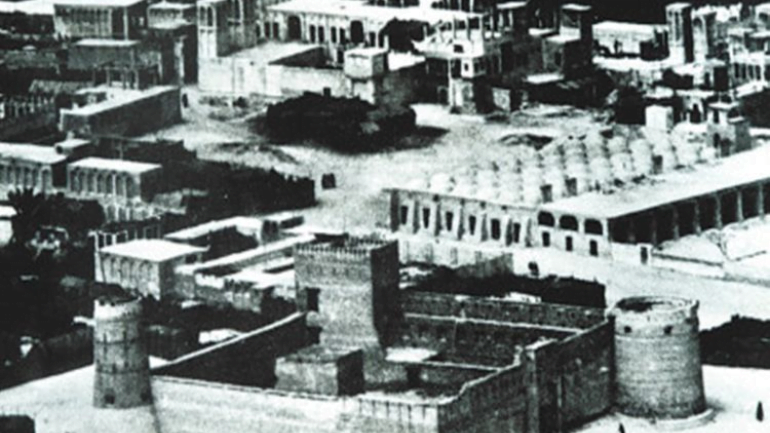
Despite the fact that official records of modern Dubai did not begin to appear until the 18th century, evidence of nomadic herding people dates back to 3,000 C.E. There is evidence of permanent farming-based settlements dating back to 3,000 BCE. Archaeologists have also discovered evidence of large-scale trading caravan outposts, leading them to believe the area was once an important trading hub.
Read more: History of Dubai city
Dubai’s Ancient Origins
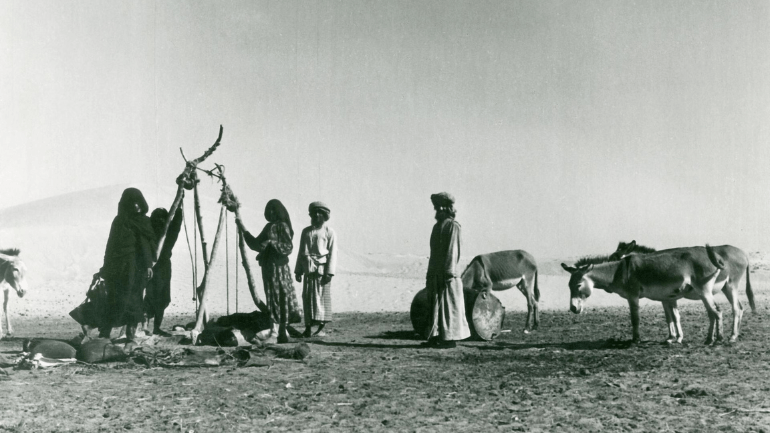
Dubai was ruled by the first known Muslim dynasty, the Umayyad, in the 7th century C.E. The Umayyad ruled a political and religious empire that stretched from Spain to India, with the Arabian Peninsula at its heart. With improved trade routes, the Dubai area began to thrive in coastal industries like pear diving and fishing. Profits from pearl diving began to fall in the twentieth century due to a lack of demand on a global scale as a result of two world wars and the effects they had on trade routes and global economies.
Take a look at: Development History of Dubai
Modern history of Dubai
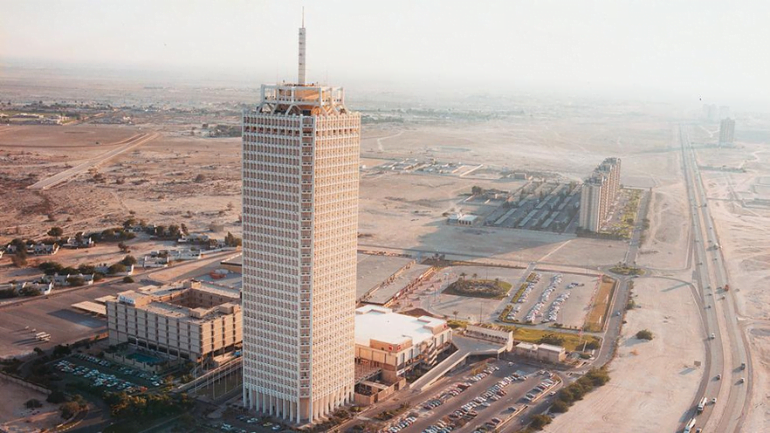
Sheikh Maktoum was crowned as the new ruler of Dubai after Sheikh Rashid died in 1990. He also succeeded his late father as Vice President and Prime Minister of the UAE. Sheikh Maktoum was the ruler of Dubai from November 1990 to January 2006. He had always been his father’s right-hand man, so he had been groomed for this role from the start. He was a generous philanthropist who supported numerous humanitarian projects around the world.
Read more: UAE Trading History
A brief of Sheikh Maktoum’s achievements
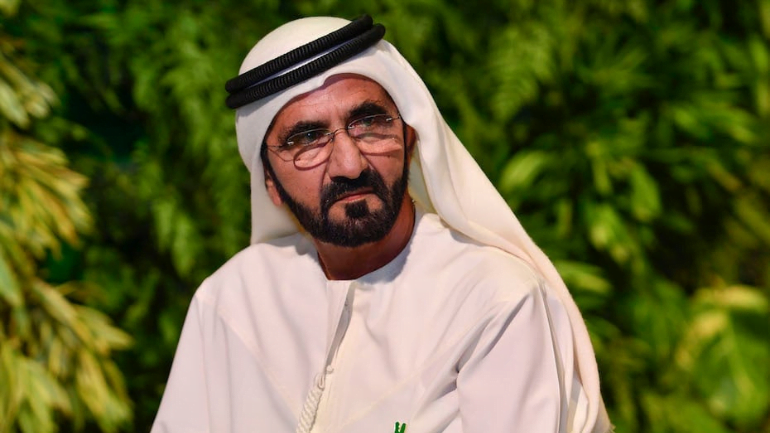
Sheikh Maktoum also oversaw the construction of an impressive road network, sporting facilities like tennis, golf, and racing, modern parks, and gardens on par with those found in the world’s leading cities. Dubai International Airport was also expanded to reflect its status as a regional aviation hub.
While Dubai’s sheiks have long been fans of falconry, Sheikh Maktoum is also credited with making Dubai synonymous with the best in international horse racing. He and his brothers were in charge of the extremely successful Godolphin stables, and in 1997, Sheikh Maktoum was known as Europe’s most successful horse owner.
With projects such as the establishment of the Dubai Internet City, the Dubai Media City, and the Dubai Knowledge Village, the Maktoum brothers carried forward their father’s vision and dreams, ensuring that the majority of the world’s major business players have a presence in Dubai.
Read more: History of UAE flag
Dubai’s first online government
Today, the Dubai government has incorporated information technology not only into Dubai’s trade and industry but also into its governance. Dubai’s e-government portal went live in October 2001, making it the world’s first completely online government. Dubai also entered the world of international finance with the establishment of the Dubai International Financial Center in 2002.
Take a look at: Ras Al Khaimah History
Dubai International Emirates improvements
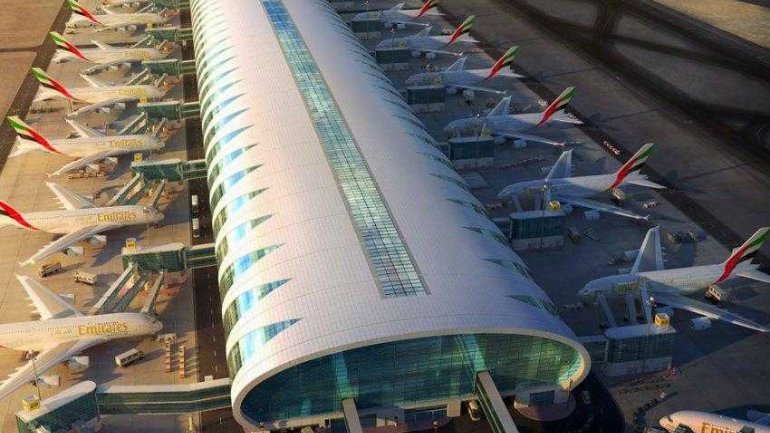
To reflect its status as a major tourist destination rather than just a transit point, the airport has undergone further improvements and expansions, including the opening of the state-of-the-art Sheikh Rashid terminal in 2000 and the Dubai International Emirates. Terminal 3 was dedicated to Emirates Airlines in 2009.
Read more: Al Ain History
Tourist Destination Growth in Dubai
With numerous initiatives, the Maktoum brothers aided Dubai’s growth as a tourist destination, notably the famous Dubai Shopping Festival, an annual event in which most of Dubai’s stores offer huge discounts on their goods besides Dubai Mall. Also, the history of town that you can explore in the Dubai Museum. The Global Village, where various countries represent their culture and heritage through musical and dance performances, as well as the exhibition and sale of traditional handicrafts, clothing, and food, is the festival’s most appealing feature.
Along with this, Dubai has gained international recognition for its architecturally avant-garde designs that blend the modern and the traditional, such as the sleek Emirates Towers and the Burj Al Arab.
Read more: UAE Geological Heritage Sites
What made Dubai famous?
Dubai is well-known for its magnificent architecture. The Burj Khalifa, Burj Al Arab, and Atlantis Dubai are city landmarks. Since 2009, Dubai has had the tallest building in the world. The Burj Khalifa (Burj means tower) was previously known as the Burj Dubai, and it is a magnificent structure.
What is the interesting history of Dubai?
Dubai’s origins can be traced back to the early Minoan period. Archaeological evidence suggests that the area where Dubai now stands was once a mangrove swamp. By 3000 BCE, the swamp had dried up, and Bedouin cattle herders had moved in. They were the first people to settle in Dubai.
How old is Dubai’s history?
Dubai’s origins can be traced back to the early Minoan period. The area where Dubai now stands was once a vast mangrove swamp. That swamp had dried up and become habitable by 3000 BCE. It is thought that nomadic cattle herders from the Bronze Age were the first to settle in the area.
What is the brief history of Dubai?
Established as a small fishing village in the nineteenth century, Dubai grew into a regional trading hub in the early twentieth century and grew rapidly in the late twentieth and early twenty-first centuries with a focus on tourism and luxury.
The short history of Dubai demonstrates that the city evolved from a pearling center to a cosmopolitan city with cutting-edge architecture and amenities. Dubai city of United Arab Emirates is one of the few cities in the world that has experienced rapid growth. The city’s best feature is that it will never stop growing.
